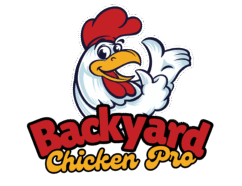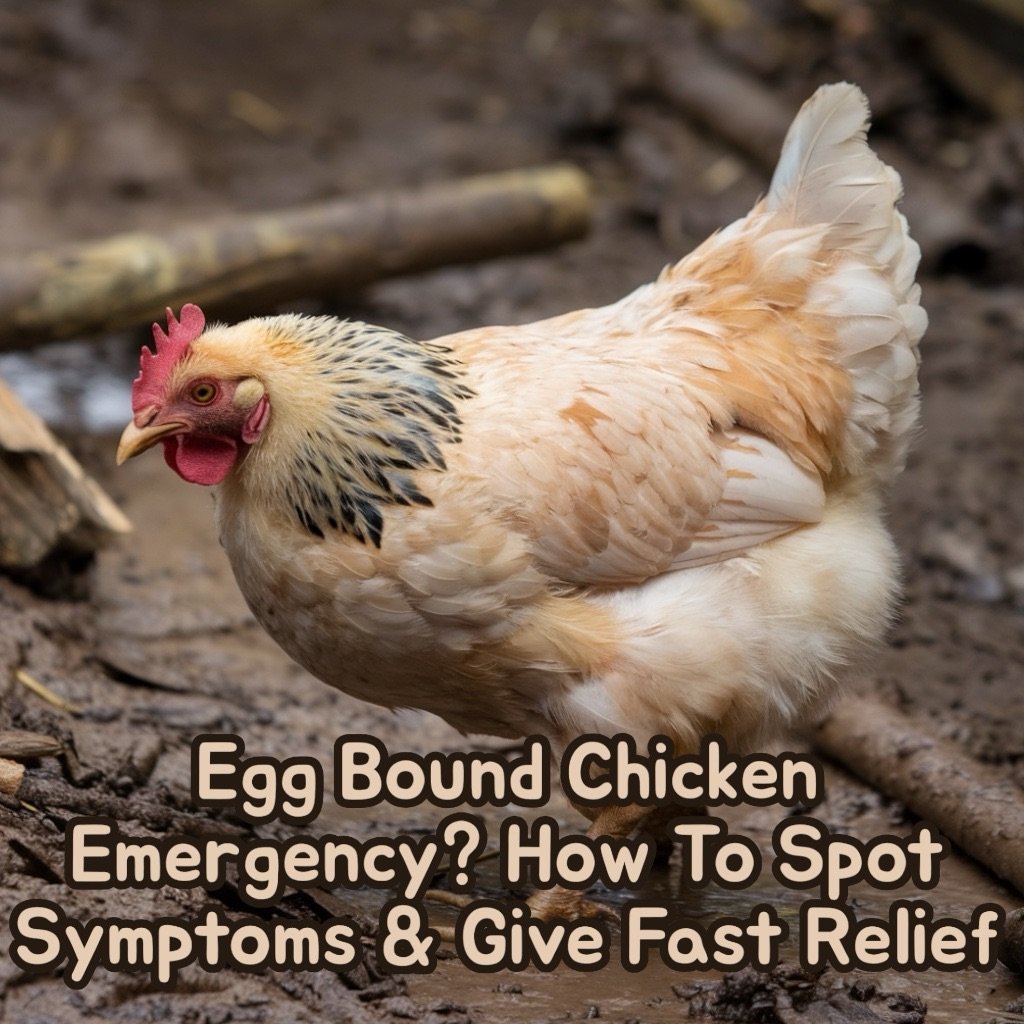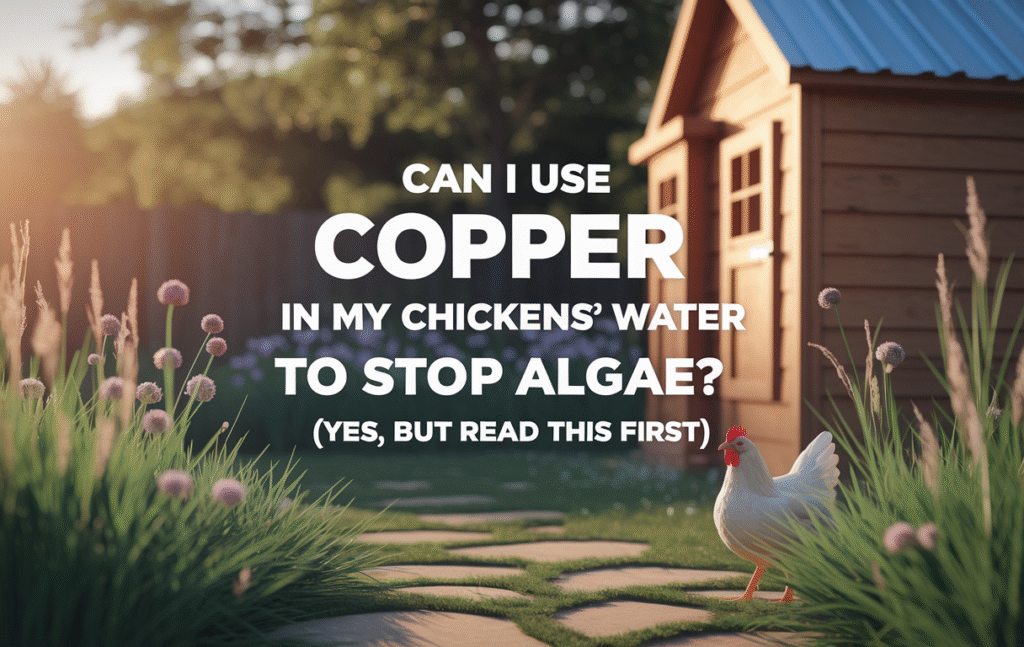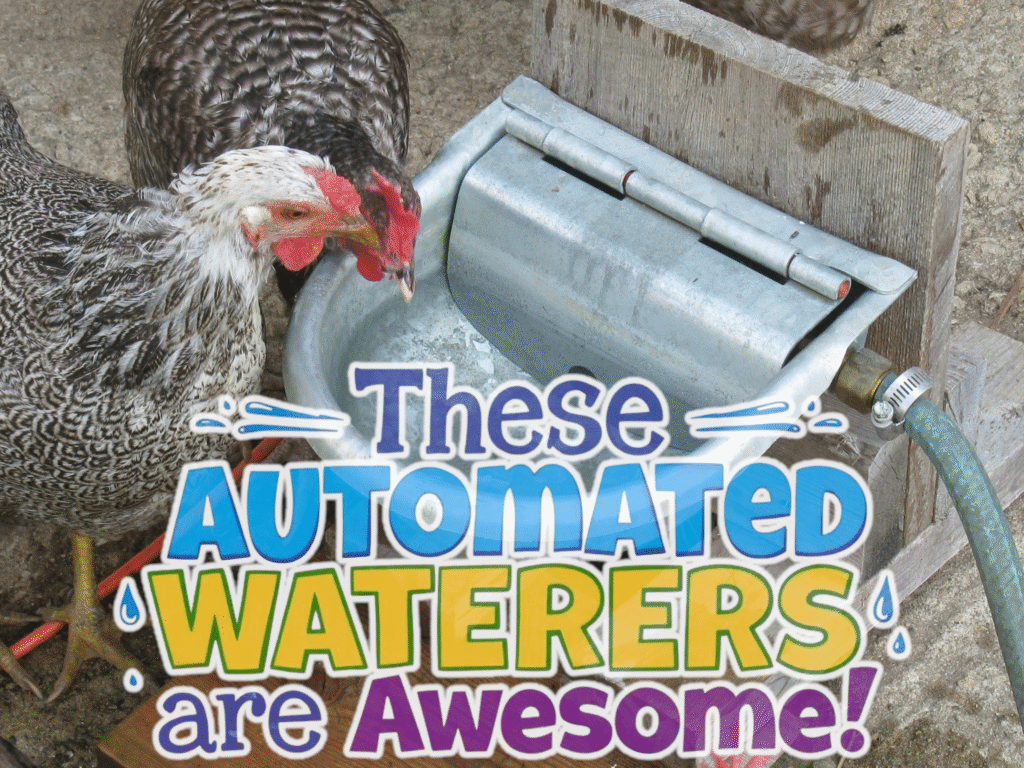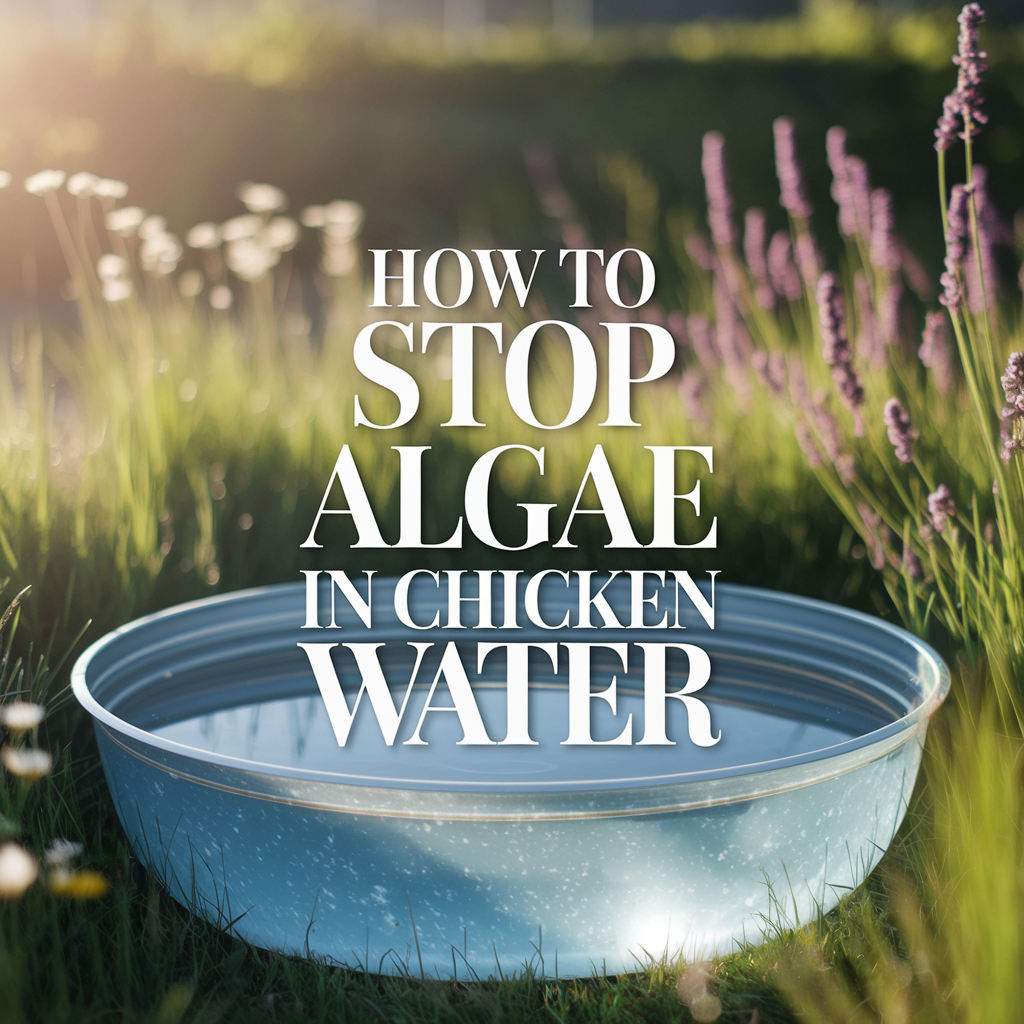A Calm, Clear Guide From My Coop to Yours
If you’re worried about a hen and wondering how to tell if a chicken is egg bound, take a breath—you’re in good company. I’ve been raising chickens for decades, and I’ve seen my share of wobbly walks, odd perches, and frantic pacing near the nesting box. Egg binding can look scary, but with a calm approach, a gentle check, and a few tried-and-true steps, you can help your hen quickly and safely.
This guide is the practical, humane, and honest walk-through I wish someone had handed me on day one. I’ll show you how to tell if a chicken is egg bound, what to do right away, what not to do, and how to prevent it from happening again.
What “Egg Bound” Means (In Plain English)
Being egg bound means a hen has an egg stuck in her reproductive tract and can’t pass it. Sometimes it’s a fully formed hard-shelled egg; other times it’s soft-shelled or shell-less, which can make passing it even harder. Egg binding is time-sensitive. The longer a hen strains, the higher the risk of exhaustion, prolapse, or infection.
Common risk factors:
– First-time layers or older hens
– Low calcium intake or poor calcium absorption
– Dehydration and overheated or very cold conditions
– Oversized eggs or a double-yolk
– Obesity, inactivity, or stress
– Illness, parasites, or internal inflammation
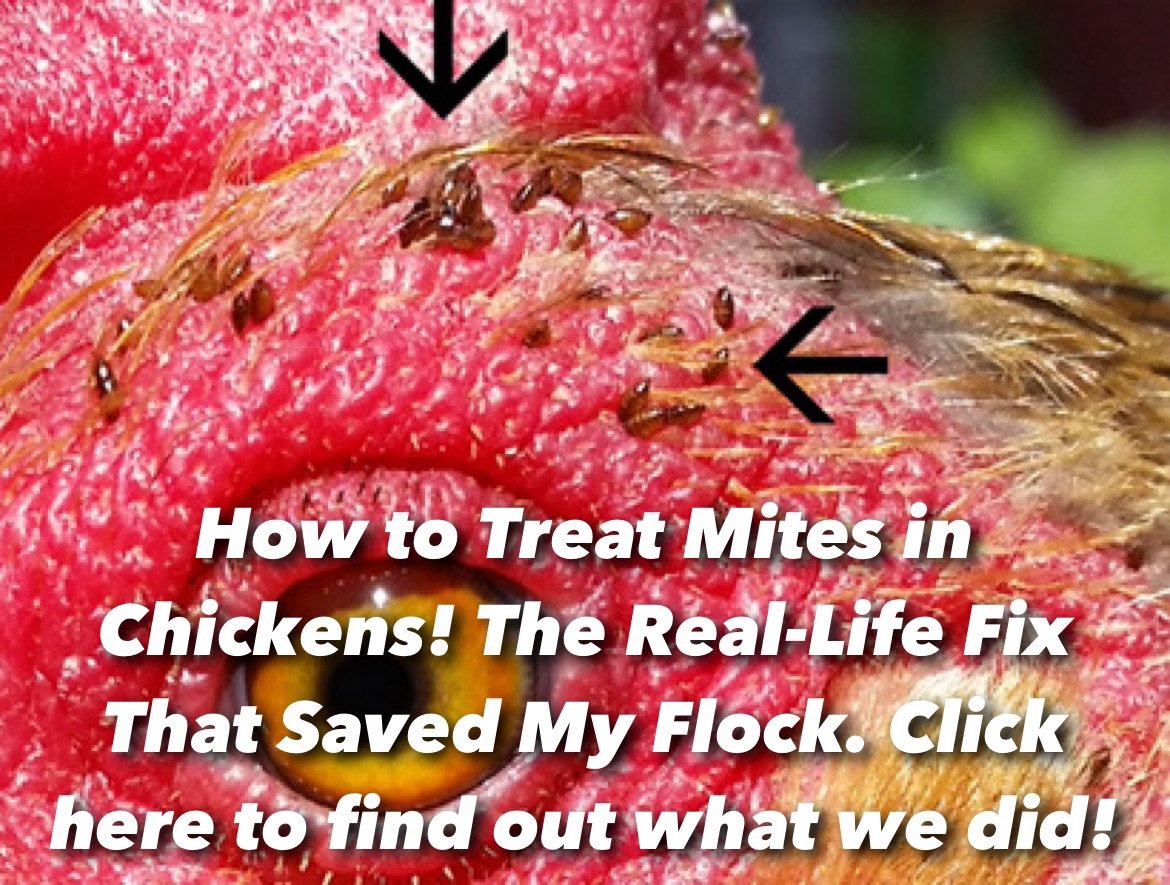
How to Tell If a Chicken Is Egg Bound: A Quick Checklist You Can Use Right Now
When folks ask me how to tell if a chicken is egg bound, I walk them through three buckets: behavior, posture, and physical signs. You don’t need fancy tools—just a calm hand and good observation.
Behavior Clues
– Lingering in the nesting box without producing an egg
– Repeated trips to the nest, restless and uncomfortable
– Reduced appetite and water intake
– Vocalizing or quietly isolating from the flock
Posture and Movement
– “Penguin stance”: upright posture with tail down and abdomen held low
– Straining or rhythmic tail pumping
– Waddling walk or reluctance to walk and perch
– Droopy wings or a hunched, strained look
Physical Signs You Can See
– Swollen, tense lower abdomen
– A vent (cloaca) that’s pulsing or slightly protruding
– A bit of clear or whitish discharge from the vent
– Soiled feathers around the vent area from straining
What You Might Feel on Gentle Palpation
– Carefully and gently feel the lower abdomen with clean hands. Sometimes you can feel a firm, egg-shaped mass.
– Not feeling an egg doesn’t rule egg binding out—soft-shelled eggs don’t always palpate well.
What the Droppings Tell You
– Little to no droppings, or just urates (white part) without formed stool
– Occasional watery, scant droppings due to straining
If you’re checking these boxes, you’re moving in the right direction on how to tell if a chicken is egg bound.
A 5-Minute Hands-On Check (Gently and Safely)
Here’s a calm, step-by-step check I use. Move slowly, speak softly, and work in a warm, quiet spot.
1) Isolate and Observe
– Bring her to a quiet crate or laundry basket lined with a towel.
– Offer water immediately—dehydration makes everything harder.
2) Warmth Helps
– Warmth relaxes muscles and can help the oviduct. Aim for a cozy, draft-free space.
3) Glove Up and Look at the Vent
– With clean gloves, lift the tail gently and watch the vent for a minute. See rhythmic pulsing? Straining? Any tissue protruding?
4) Gentle Palpation
– With one hand supporting her chest, use the other to gently feel the lower abdomen. Don’t press hard. If you feel an egg near the vent, it may be close to passing.
5) Lubricate (If Needed)
– A pea-sized amount of a sterile, water-based lubricant applied just inside the vent can help reduce friction. Do not insert anything rigid.
6) Time It
– If she has been actively straining for 30–60 minutes without progress, that’s edging toward urgent.
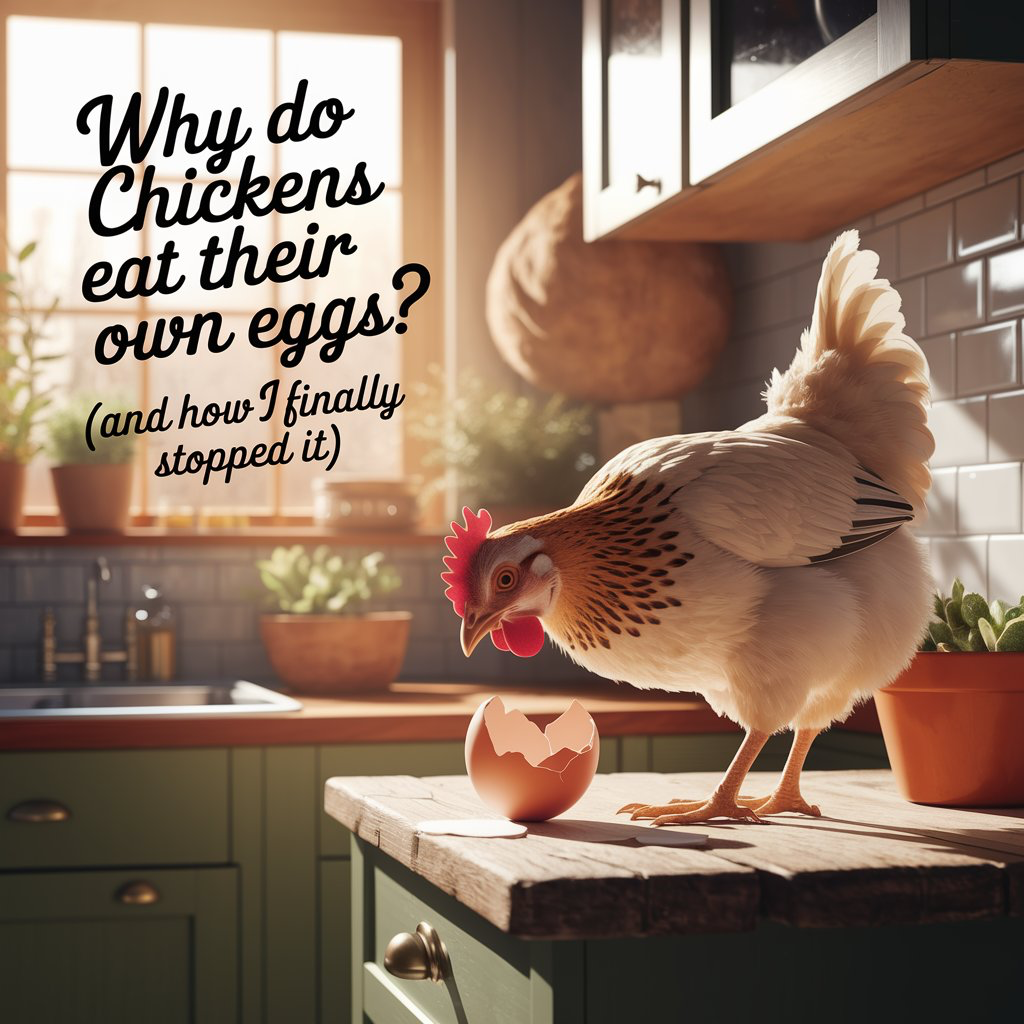
What to Do Immediately If You Suspect Egg Binding
I’m big on taking swift, kind action that supports a hen’s body rather than forcing anything. If you’re asking how to tell if a chicken is egg bound, the next question is what to do—all without doing harm.
1) Warm, Deep Epsom Salt Soak
– Fill a basin with comfortably warm water (about bath temp for a baby) and dissolve a handful of Epsom salts.
– Hold her so her lower body and vent are submerged. Support her chest. Soak 15–20 minutes.
– Gently pat dry and keep her warm.
2) Lubricate the Vent
– After the soak, apply a little sterile lubricant just inside the vent. This can help when the urge to push returns.
3) Give Calcium Promptly
– Calcium supports muscle contraction and shell formation. Offer a fast-acting calcium source. Long-term, keep free-choice oyster shell available at all times. If you don’t already, consider a dedicated feeder—this oyster shell calcium boost overview explains the why and how that improved my flock’s eggs in under a week.
– Unsure about the difference between grit and calcium? Here’s a helpful breakdown on chicken grit vs. oyster shell so you can set both out correctly.
4) Rehydrate and Reduce Stress
– Offer fresh, clean water and an electrolyte option. Consistent hydration keeps things moving. If algae or slime ever keeps your hens from drinking enough, this guide on stopping algae in chicken water is a simple fix. I also rely on automatic chicken waterers to keep water clean and available 24/7.
5) Quiet, Warm Rest
– Keep her in a warm crate with a towel and dim light for an hour or two. Sometimes the soak, lube, calcium, and quiet are all she needs.
6) Re-check
– If the egg passes, you’ll usually see relief quickly: posture improves, and she may eat and drink with more interest.
When to Call the Vet (Red Flags You Shouldn’t Ignore)
Even with decades under my belt, I don’t “tough it out” when certain signs appear. Please call an avian vet if you see:
– Straining for more than an hour without progress, or off-lay and declining for 24 hours
– A prolapse (tissue protruding from the vent)
– Blood, foul-smelling discharge, or suspected broken shell fragments inside
– Labored breathing, severe lethargy, or signs of shock
– You suspect a second egg stacking behind the first, or you can’t tell what you’re feeling
Vets can administer calcium injections, oxytocin (when appropriate), antibiotics if infection is suspected, and safely remove a stuck egg. Trying to break an egg yourself is risky—sharp fragments can cause internal tears and infection.
Common Mistakes to Avoid
– Don’t squeeze her abdomen or force the egg out. That can cause internal damage.
– Don’t insert rigid tools. The oviduct is delicate.
– Don’t crack the egg inside her unless under veterinary guidance.
– Don’t withhold water or food; she needs energy and hydration.
– Don’t leave her shivering. Cold tightens muscles and makes passing the egg harder.
Why Egg Binding Happens (And How to Prevent the Next Scare)
The best way to learn how to tell if a chicken is egg bound is to also understand why it happens and how to make it less likely. Prevention is where your daily habits shine.
Nutrition and Calcium
– Feed a quality layer ration when hens reach point-of-lay.
– Provide free-choice calcium at all times. I keep an oyster shell feeder near my waterers—this two-in-one oyster shell feeder has been a fuss-free solution.
– Review the difference between grit and calcium so you don’t accidentally skip one. Here’s the quick refresher on grit vs. oyster shell.
Hydration and Water Quality
– Dehydration is a quiet culprit. Keep water fresh and appealing.
– If algae is a recurring battle, consider these tips on stopping algae naturally or the pros and cons of using copper in chicken water to discourage growth.
– Upgrading to reliable automatic waterers saved me time and kept my hens drinking more consistently.
Warmth and Seasonal Care
– Cold hens tighten up and drink less, which can make passing an egg harder. These ideas on keeping chickens warm in winter without electricity and a heated water bowl can make a world of difference.
Parasites and Health
– Mites and other parasites sap nutrients and can throw off laying. If you see them, act fast—here’s the mite treatment that saved my flock.
– Keep stress low and the coop clean. Stressy hens lay weird eggs.
Laying Rhythm and Age
– Young pullets and aging hens are both more prone to hiccups. If you’re not sure when a breed typically starts, this guide on when chickens start laying eggs can help you set expectations.
– If output dips or stops, it may be seasonal or diet-related rather than egg binding. See these common reasons for why your chickens stopped laying and how to nudge them back on track.
Nest Box Setup and Privacy
– Provide enough nesting boxes (about 1 box per 4 hens), low-stress, and easy access.
– If you’re forever hunting for eggs or hens insist on the hardest corner to reach, this nesting box setup stopped my daily Easter egg hunt and reduced laying stress.
Egg Bound vs. Just Taking a Laying Break
Not every day off means a hen is egg bound. Molting, short daylight, heat stress, broodiness, or a nutritional dip can all pause laying without any reproductive blockage.
Signs she’s taking a normal break:
– No straining, normal posture, and no “penguin stance”
– Bright eyes, normal appetite and water intake
– Normal droppings
– Healthy comb and wattles (though in molt the comb may look a bit pale)
Signs pointing toward egg binding:
– Repeated straining and vent pulsing, with no egg produced
– Hunched, tail-down stance
– Decreased appetite and water
– Little to no droppings
– Lower abdomen feels taut
If you’re unsure how to tell if a chicken is egg bound versus just off her routine, step through the hands-on check above and watch that timeline. Straining without progress is a red flag; simple laying pauses usually come without strain.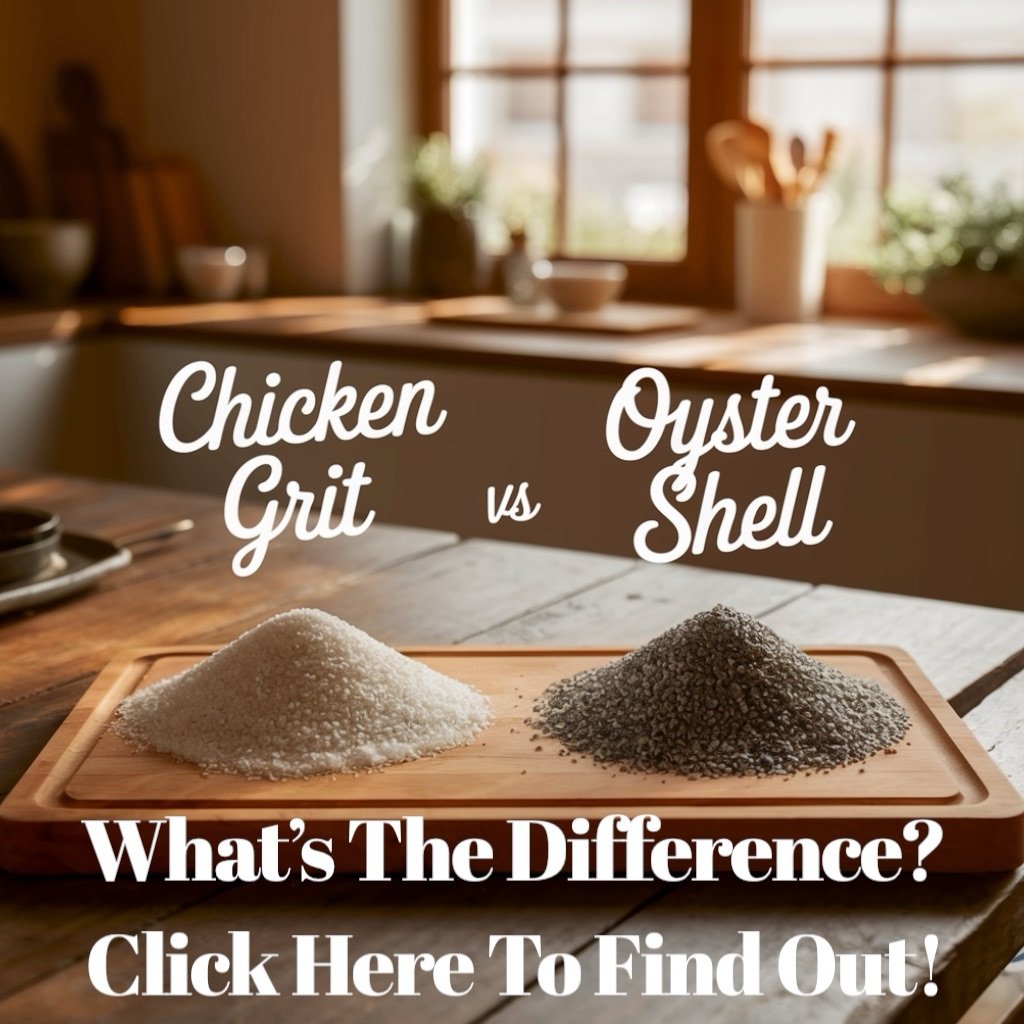
A Gentle Case Study From My Own Coop
A few springs ago, my small Barred Rock pullet (just a touch early to lay) started doing the “in-and-out of the nest box” dance. No egg. She stood upright like a penguin, tail low. I did a quick check: warm crate, gentle palpation, and a short, warm Epsom salt soak. I lubricated the vent, gave her a fast-acting calcium source, and set her up in quiet with clean water and a snack.
In less than an hour, her posture softened. She let out one long, determined push and passed a large, oddly torpedo-shaped egg. Relief on both our faces, I swear. Afterward, I made two changes:
– I added a dedicated oyster shell station and checked that it stayed full. This write-up on a reliable oyster shell feeder matches what finally worked for me.
– I upgraded waterers so I wasn’t relying on buckets that grew slime on hot days. The automatic chicken waterers option kept everything cleaner and my hens drank more, which helped overall laying health.
We never had another egg-bound episode with her. Small changes; big peace of mind.
What Not to Do (Because I’ve Had to Learn the Hard Way)
– Don’t massage or squeeze the abdomen to “pop” the egg out.
– Don’t break the egg inside the hen—fragments cut, and yolk can cause infection.
– Don’t insert sharp or rigid objects into the vent.
– Don’t skip calcium and hydration while you wait; both are safe and helpful.
– Don’t let her get chilled after a soak—dry and keep her warm.
A Practical Prevention Plan You Can Start Today
– Offer balanced layer feed and keep free-choice oyster shell available. This calcium boost method is simple and effective.
– Provide both grit and calcium—two different jobs. Here’s the refresher on grit vs. oyster shell.
– Keep water clean, accessible, and appealing. Stop slime early with these tips on preventing algae and consider an upgrade to an auto waterer you don’t have to babysit.
– Mind the seasons: for winter, lean on non-electric warming strategies and a heated water bowl so hens keep drinking.
– Stay ahead of parasites with a solid, proven plan: how to treat mites in chickens.
– Respect the laying curve: if you need a sanity check on timing, read up on when hens start laying and why laying sometimes pauses.
– Provide enough nesting boxes, soft bedding, and quiet. The nesting box setup that ended my egg hunt also reduced drama and jockeying for one favorite spot.
A Skimmable Recap (Pin This Near the Coop)
How to tell if a chicken is egg bound:
– Watch for penguin stance, straining, repeated nest visits, and little to no droppings.
– Gently palpate the lower abdomen; you may feel an egg.
– Look for vent pulsing, slight discharge, or swelling.
What to do right away:
– Warm Epsom salt soak for 15–20 minutes.
– Lightly lubricate the vent.
– Give calcium, offer clean water with electrolytes, and keep her warm and quiet.
– Re-check within an hour.
Call the vet if:
– She strains for more than an hour without progress, looks weak, or shows a prolapse.
– There’s blood, foul odor, or suspected shell fragments.
– You’re unsure and something feels off—trust your gut.
Prevention at a glance:
– Balanced layer feed plus free-choice oyster shell.
– Provide both grit and calcium, not one or the other.
– Keep water clean and constant; prevent algae; consider an auto waterer.
– Warmth in winter, parasite control, and a stress-free nest setup.
You’ve Got This—And Your Hen Will Feel That Calm
I know how scary it feels the first time you’re trying to figure out how to tell if a chicken is egg bound. But you’ve got a steady plan now: observe, support, and escalate to a vet when the signs say so. With good calcium, clean water, warmth, and sensible coop tweaks, most flocks rarely see egg binding after those early lessons.
If you want to dig deeper into the supportive basics that pay off day after day, start with:
– The simplest ways to keep chicken water clean
– A dependable oyster shell feeder setup
– An automatic waterer upgrade that prevents half the hydration headaches
From my coop to yours: stay kind, stay observant, and don’t be afraid to ask for help. Your hens will tell you what they need—our job is to listen and act with steady hands and soft hearts.
As an Amazon Associate we earn from qualifying purchases through some links in our articles.
